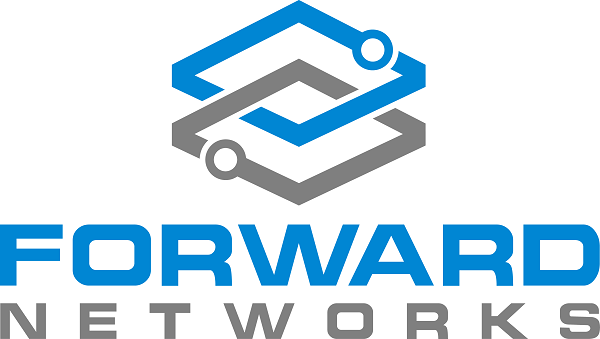New Survey Reveals Misalignment on Zero Trust Initiatives Between Management, IT, and Security Practitioners
SANTA CLARA, Calif., Oct. 5, 2021 -- While IT leaders believe they have strong security practices in place, their continual search for additional network security capabilities suggests that this confidence may be tentative, according to new research from Forward Networks, the industry leader in network assurance and intent-based verification. Data from a commissioned survey conducted by IDG on behalf of Forward Networks in July 2021 shows that 70% of IT leaders strongly agree that their network architecture follows a zero-trust approach, compared to just 53% of IT managers who feel the same.
The disconnect between executives and front-line IT managers was also apparent in responses related to network security initiatives and overall security health. For example, while 59% of executives said their organizations were building or already employing zero-trust architectures, just 39% of IT managers said the same. In addition, more than half (58%) of executive respondents rated their overall network security as ahead of the curve compared to their competitors, while another third (37%) said it was on par with others. At the same time, only 48% of managers rated their security ahead of competitors, while nearly half (47%) rated it on par.
"The disconnect between the perceptions of security executives and practitioners highlights the lack of visibility into the network and security policy adherence," said Chiara Regale, Vice President, Product Management, Forward Networks. "Without a single source of network truth, practitioners and executives are forced to make inferences. Having the ability to prove compliance and easily visualize security policies in action can eliminate the disconnect and ensure that the bulk of engineering effort is directed toward proactively improving the network security posture instead of fighting fires or clarifying confusing data."
Network Security Landscape: A Mixture of Confidence and Challenges
Despite their high confidence levels, IT decision makers report widespread challenges when ensuring that their network is secure.
- 81% struggle to identify the depth of a breach
- 69% are unable to quickly identify when something is out of compliance
- 71% cited the inability to obtain endpoint-to-endpoint connectivity analysis, and
- 68% indicated knowing what devices are in the network and its topology is challenging.
Survey respondents also said they are seeking to improve multiple areas of network security management for greater efficiency.
- 88% want real-time monitoring capabilities
- 85% are seeking diligent compliance with all security protocols
- 73% want validation that their network architecture follows a zero-trust approach
- 85% are seeking improvement in network-breach response times.
"In a perfect world, IT could spend all of its attention coming up with innovative ways to stay ahead of technology's evolution while also making sure that their organization has the optimal IT and network infrastructure to support the business," added Regale. "But this is not the world we live in. IT leaders spend a lot of time putting out fires related to increasingly sophisticated cyberattacks, and the only way to minimize the risks associated with these breaches is to have full visibility across the entire IT infrastructure."
For more information about the research, visit: https://forwardnetworks.com/landing-page-idg-research
About Forward Networks
Forward Networks is revolutionizing the way large networks are managed. Forward's advanced software delivers a "digital twin" of the network, enabling network operators to verify intent, predict network behavior, and simplify network management. The platform supports devices from all major networking vendors and cloud operators, including AWS, Azure, and Google Cloud Platform.
Forward Networks was founded in 2013 by four Stanford Ph.D. graduates and is headquartered in Santa Clara, California. Investors include Goldman Sachs, Andreessen Horowitz, Threshold Ventures, and A. Capital.

